The Eight Benefits of Using The Zentangle® Art Method as a Meditation Tool
Even though the process of Zentangle® may look complicated and intricate, it’s actually a simple and smooth pathway to relaxation and inner focus.
It has multiple benefits such as calming an anxious mind, increasing self-confidence, and cultivating moment - to – moment awareness in a similar way as mindfulness meditation.
Self-Soothing
Repetitive creative work, in and of itself, can be calming and self-soothing. In fact, some of the research on the Zentangle® process indicates that engagement in the process has measurable relaxation benefits. This is particularly true when you accept this process as one with no expected outcome other than the enjoyment of putting pen to paper and staying open to whatever emerges.
It’s Simple
Zentangle® only requires a black pen and paper, and you can just about do it anywhere.
Look for things you can tangle on like business cards, coasters, newspapers, flyers (tangle right over the printed pages)
And if you are short on time – it's designed to be portable.
It Teaches You How to Own Your Mistakes
Using a pen on paper requires that you risk making mistakes; in fact, most tangle art has at least some misplaced lines that cannot be erased.
Tangling teaches you how to incorporate what seem like "mistakes" into the overall patterns of the design, (oops turn into ooportunities).
It's a great metaphor for life – nothing is ever perfect, but how you adjust to imperfections (mistakes or the unexpected) in life is what really matters.
Aimlessness
Zentangle® is a form of mindfulness. I like to think of it as creative aimlessness.
Zen master Thich Nhat Hanh observes that we need to cultivate aimlessness in life rather than continually striving to be "number one", or "always right". For instance, when you take a meditative walk, you are not focused on your destination, you are simply walking without any thoughts in your mind.
When we simply enjoy the creative process of tangling, we can enjoy every single moment of it and that is ultimately what any creative expression offers us.
It teaches us not to rush and to take loving care of ourselves in the present moment – because the present moment is all we have.
It’s Therapeutic
The Zentangle® art method can help people in all walks of life find peace and calm.
Try counting your repetitive designs as you make them – not for the sake of getting to a specific number but count as you draw to clear your mind of other thoughts. Numbers and counting come from the left-brain, and creative drawing comes largely from the right – brain. Keep your tangles loose and free of expectation to have a better chance of achieving a relaxation response.
It Improves Focus & Concentration
When you focus on the design you're drawing, you're homing in on your own concentration and awareness.
The more you train your mind to hold your attention on something, the easier that mindful focus becomes. I helped a group of students use Zentangle® as a precursor to their studies. They found if they took a couple of minutes and did a bit of tangling in preparation for their studying, they would often score better on tests.
Channels Emotion
Have you ever noticed your handwriting looks different if you're in a good mood versus a bad mood? This can be seen in Zentangle® as well because the technique helps us channel emotions. If I go back and look at my drawings, I can tell what kind of mood I was in just by the way my art looks.
When stressed your tangles may seem smaller with more rigid and pointing shapes. When you are happy your tangles may seem more rounded, flowy, and organic-looking.
It's Fun & Intuitive
You will discover your intuition through this process and learn to lean on your intuition to have fun and enjoy time for yourself.
"Creative practices give us the opportunity to tune into our intuition and aliveness, loosen our grip on perfection and overthinking, and move from a place of experimentation, presence, and play." Flora Bowley
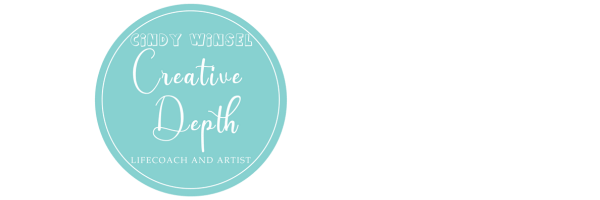
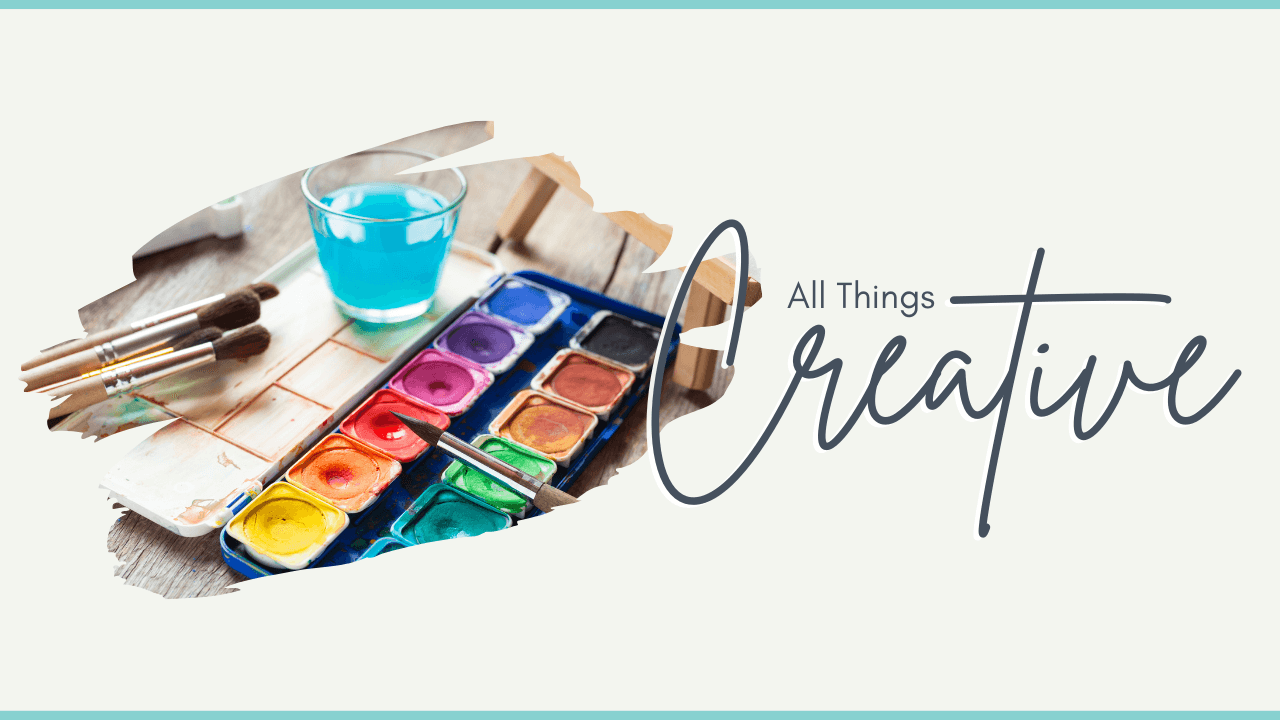
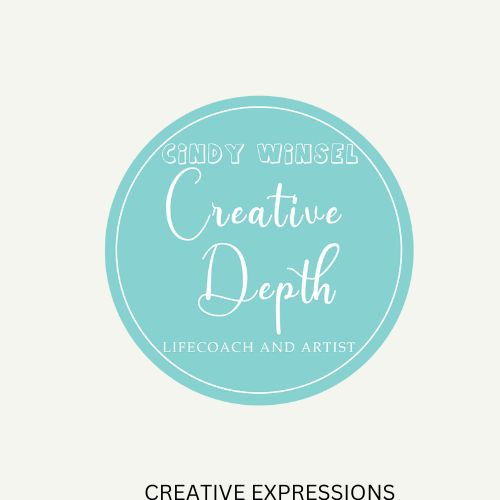
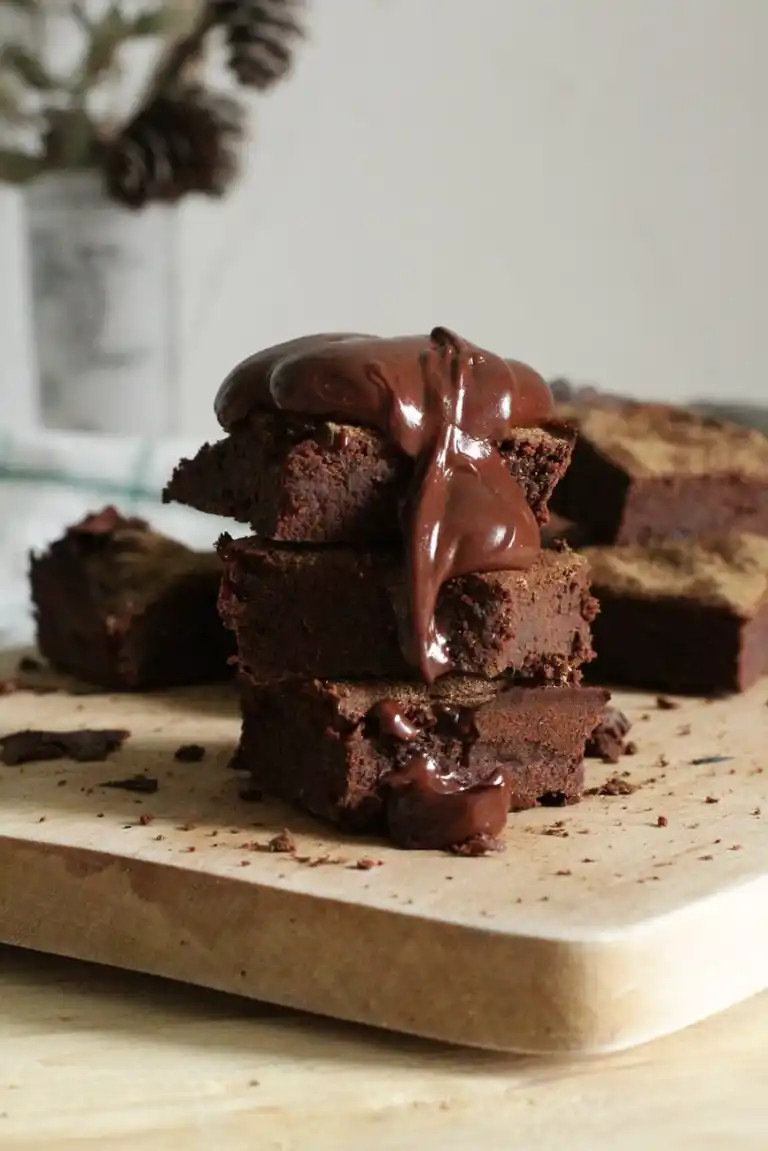


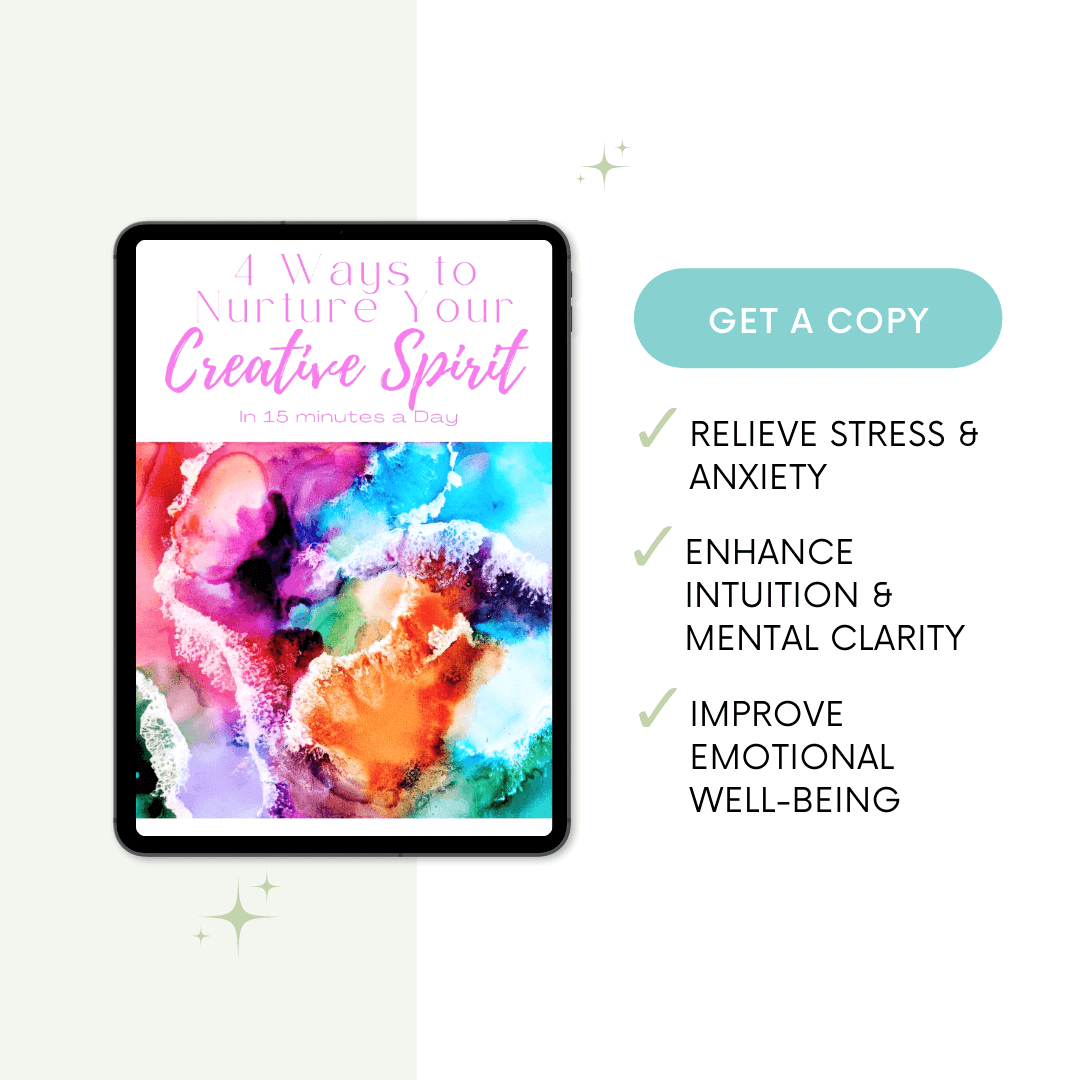
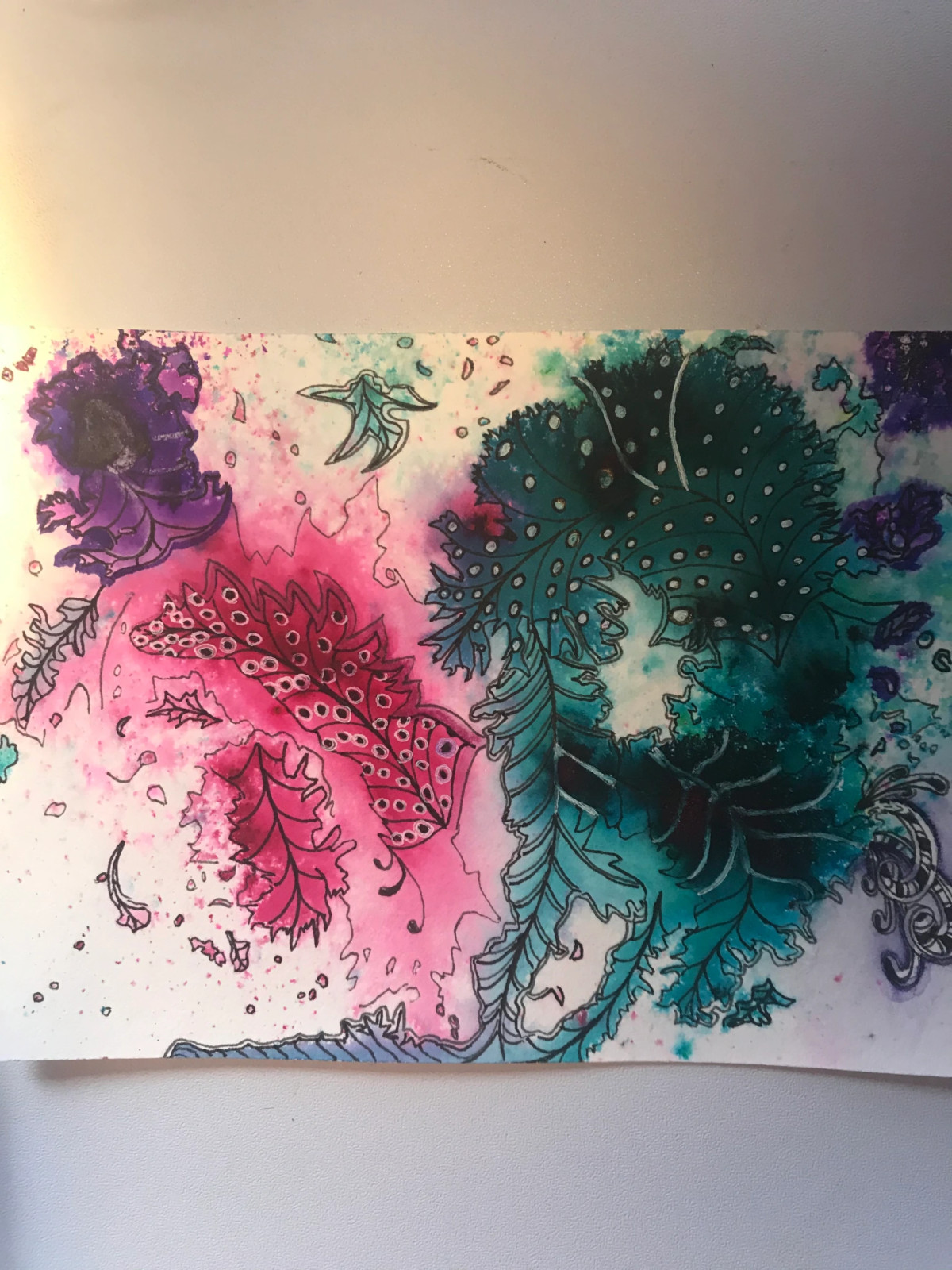
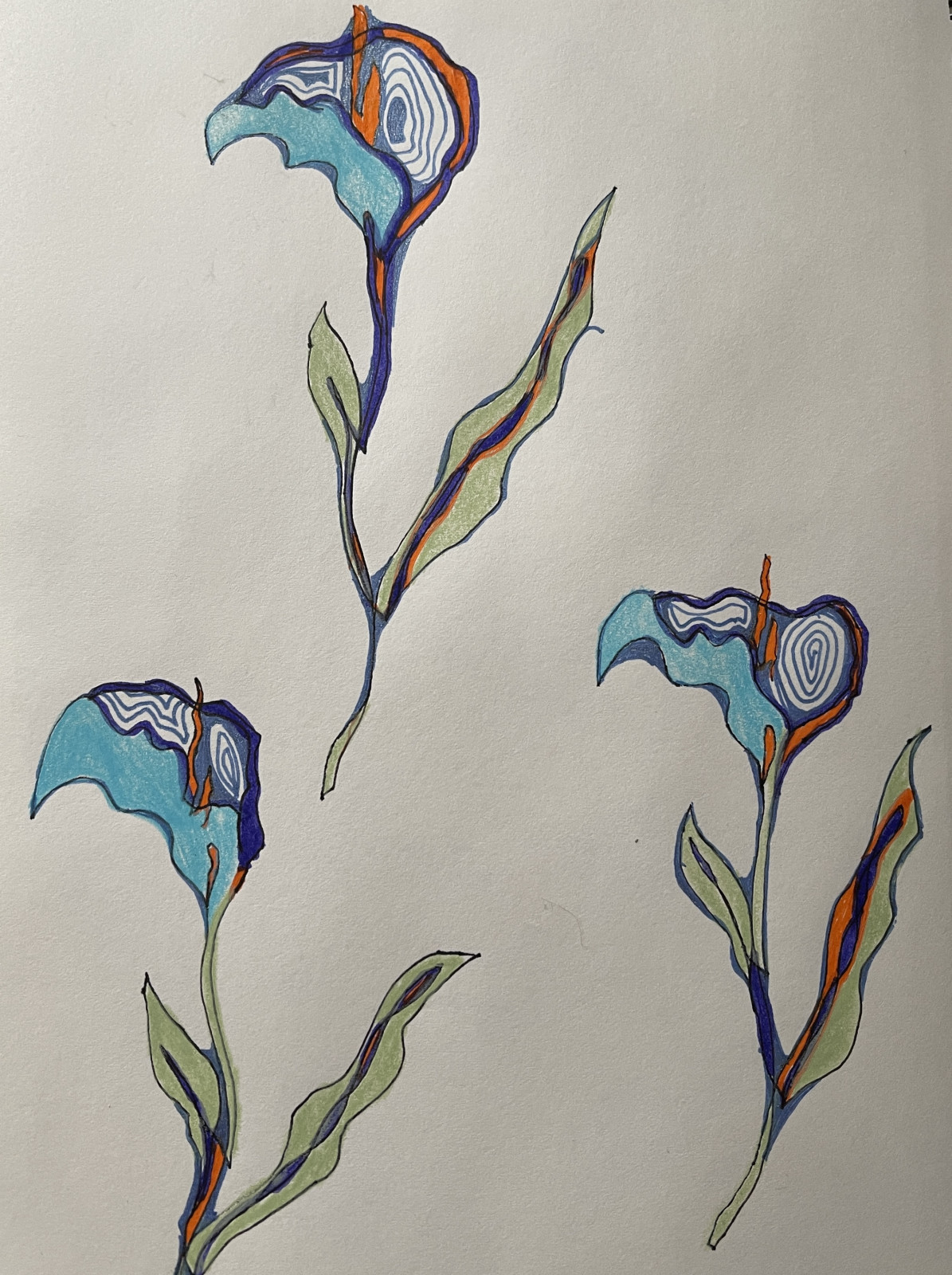
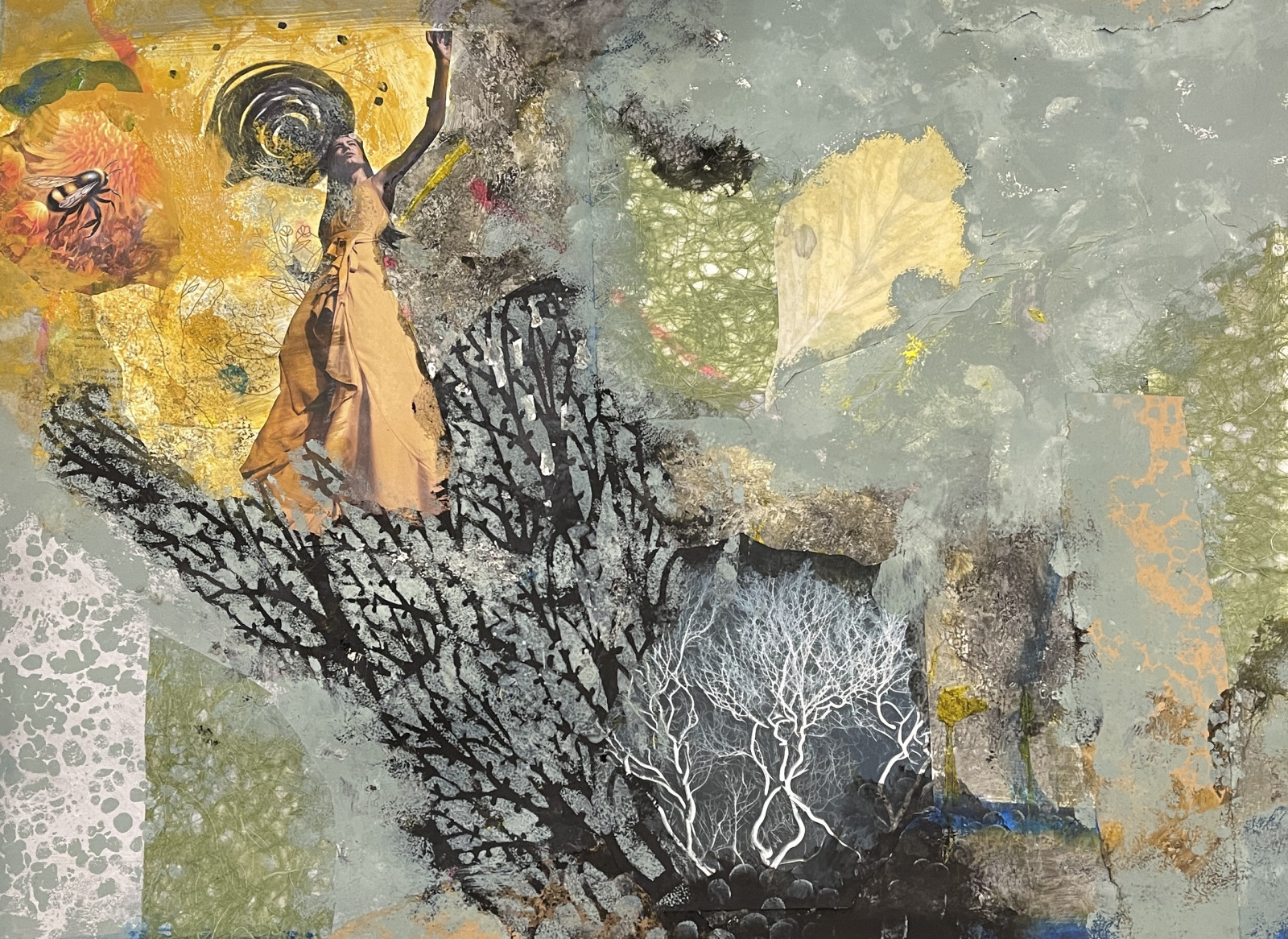



0 Comments